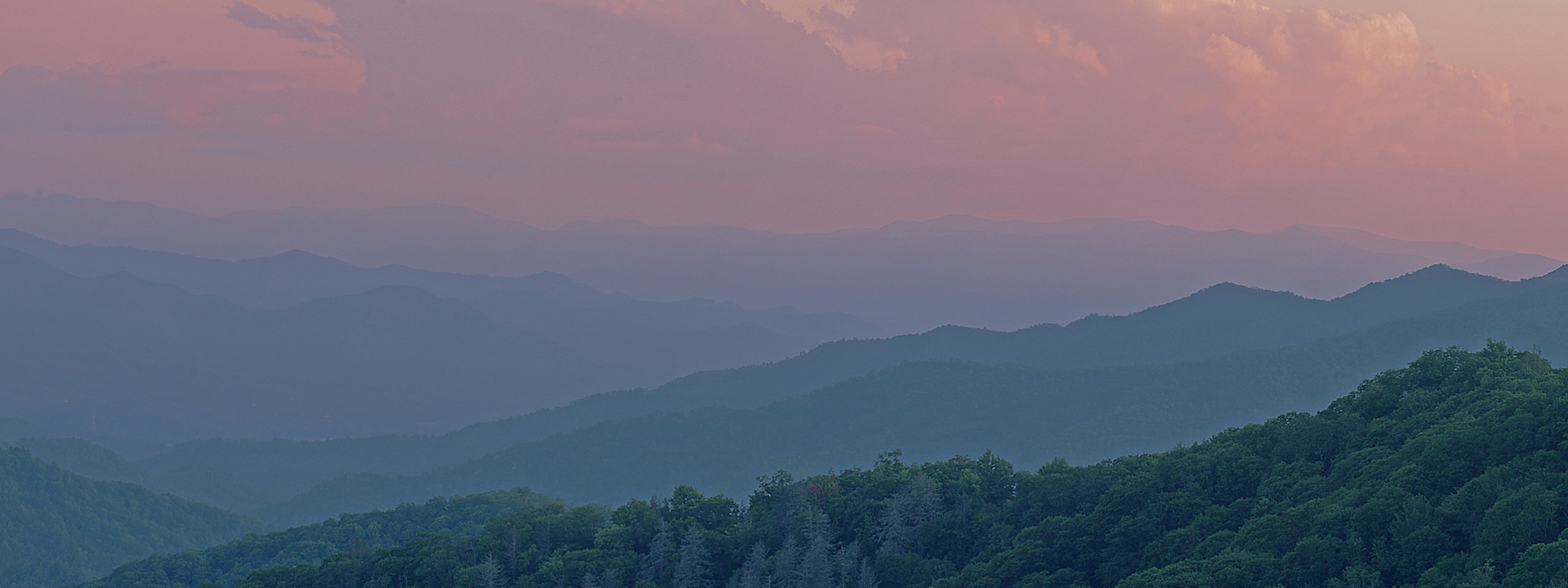
NGC7000, the North America Nebula, is an emission nebula in the constellation Cygnus. It received the name due to the distinctive shape resembling the North America continent. Sitting next to NGC7000 is the Pelican Nebula, IC5070. It takes a little more imagination to see the pelican.

The North America Nebula covers an area more than four times the size of the full moon. However, due to the low surface brightness it is difficult to see with the unaided eye. It is approximately 1800 light years away from Earth. The section that resembles Mexico and Central America is also known as the Cygnus Wall, and is the most concentrated star forming area in the Nebula.
The Pelican Nebula is part of the same Hydrogen emission as NGC7000. It is separated from the North America Nebula by a molecular cloud containing dark dust.

This image was created using data captured throughout June. I used a ZWO ASI1600mm-Pro monochrome camera attached to a Canon 70-200 f/2.8 lens, with the lens set at 200mm. The images were captured using narrowband filters – Sulfur II, Hydrogen-alpha, and Oxygen II. Narrowband works particularly well on emission nebula, which both of these are. The predominant emission is Hydrogen-alpha.
The camera and lens were setup on a SkyWatcher EQ6r-pro equatorial tracking mount, and controlled remotely via a Raspberry Pi computer running Stellarmate OS at the mount. By setting up this way I am able to access and control the system from anywhere.
When editing the data I tried multiple color palettes, finally settling on the Hubble palette. I used Sulfur for the red, Hydrogen-alpha for the green, and Oxygen for the blue. These colors provided nice detail around the nebula edges. I also created some versions using a more traditional color scheme, with one of the results shown below. See one of my previous posts Narrowband Color for more information on color palettes.

The final image consists of 267 images resulting in 22.3 hours total exposure time. All exposures were 300 seconds (5 minutes) in length. This was a fun project to edit. My end result is below, NGC7000 The North America Nebula and IC5070 The Pelican Nebula.
- SII: 69 images, 5.8 hours
- Ha: 95 images, 7.9 hours
- OIII: 103 images, 8.6 hours




